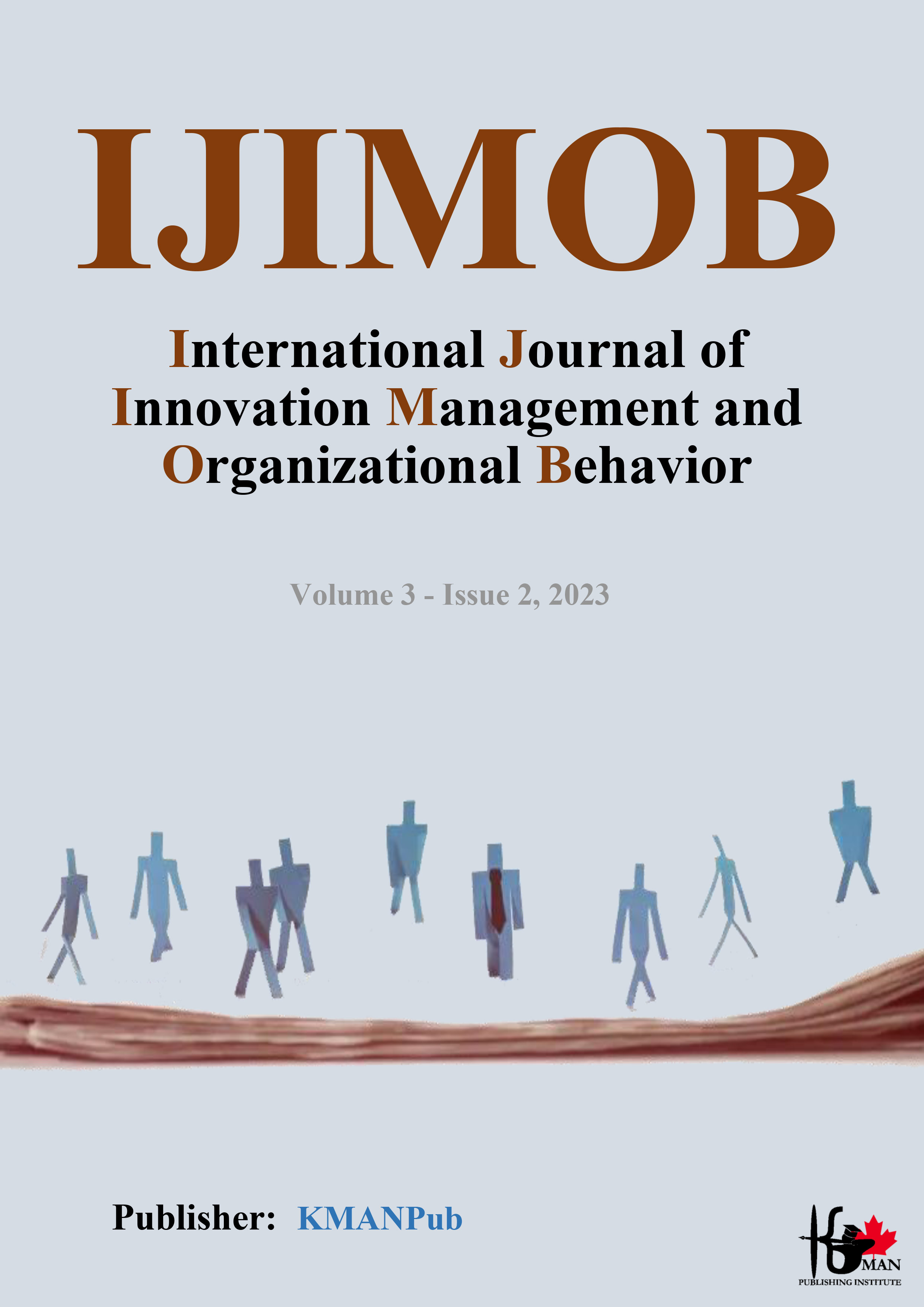Designing a Model of Antecedents and Consequences of Relationship Marketing to Increase Participation in Non-Governmental Organizations (NGOs)
Keywords:
Relationship Marketing, Thematic Analysis, Marketing Model, Organization, Social Participation, Non-Governmental ActivitiesAbstract
Objective: The purpose of this study is to design a relationship marketing model to increase participation in non-governmental organizations (NGOs).
Methodology: This research is a mixed-method study (qualitative-quantitative) conducted using the thematic analysis method. In this context, the statistical population in the qualitative section includes all marketing experts and senior managers of companies and institutions active in the field of participation in NGOs. Using snowball sampling, 10 individuals were selected until theoretical saturation was achieved. Semi-structured interviews were conducted with the experts. Strauss and Corbin's systematic method was used for coding the interviews. To validate the qualitative findings, the criterion of credibility with reliability was employed. The statistical population of the quantitative section included all employees of NGOs providing services to children with critical illnesses. Based on the determined sample size for structural equations, 260 individuals were selected using purposeful sampling. The data collection tool was a questionnaire derived from the qualitative section. For the questionnaire's validity, convergent and divergent validity were used, and for reliability assessment, Cronbach's alpha coefficient and composite reliability were utilized. The collected data were tested using PLS3 software.
Findings: The final model, consisting of causal conditions (11 concepts and 2 categories), central phenomena (5 concepts and 1 category), contextual conditions (6 concepts and 2 categories), strategies (11 concepts and 2 categories), intervening conditions (5 concepts and 1 category), and consequences (10 concepts and 3 categories), was formed as the dimensions of relationship marketing to increase participation in NGOs. After analyzing the quantitative section, all path coefficients in the model were significant and confirmed.
Conclusion: The results indicated that designing a relationship marketing model for NGOs can enhance member and community participation and interaction, ultimately leading to the achievement of goals and the enhancement of the mission of these organizations. This model is crucial as an effective tool for the development and growth of such organizations and can lead to positive transformations in social participation and NGO activities.
Downloads
Downloads
Additional Files
Published
Submitted
Revised
Accepted
Issue
Section
License
Copyright (c) 2023 Pezhman Asadi (Author); Seyed Mahdi Jalali (Corresponding Author); Kiumars Arya (Author)

This work is licensed under a Creative Commons Attribution-NonCommercial 4.0 International License.
















